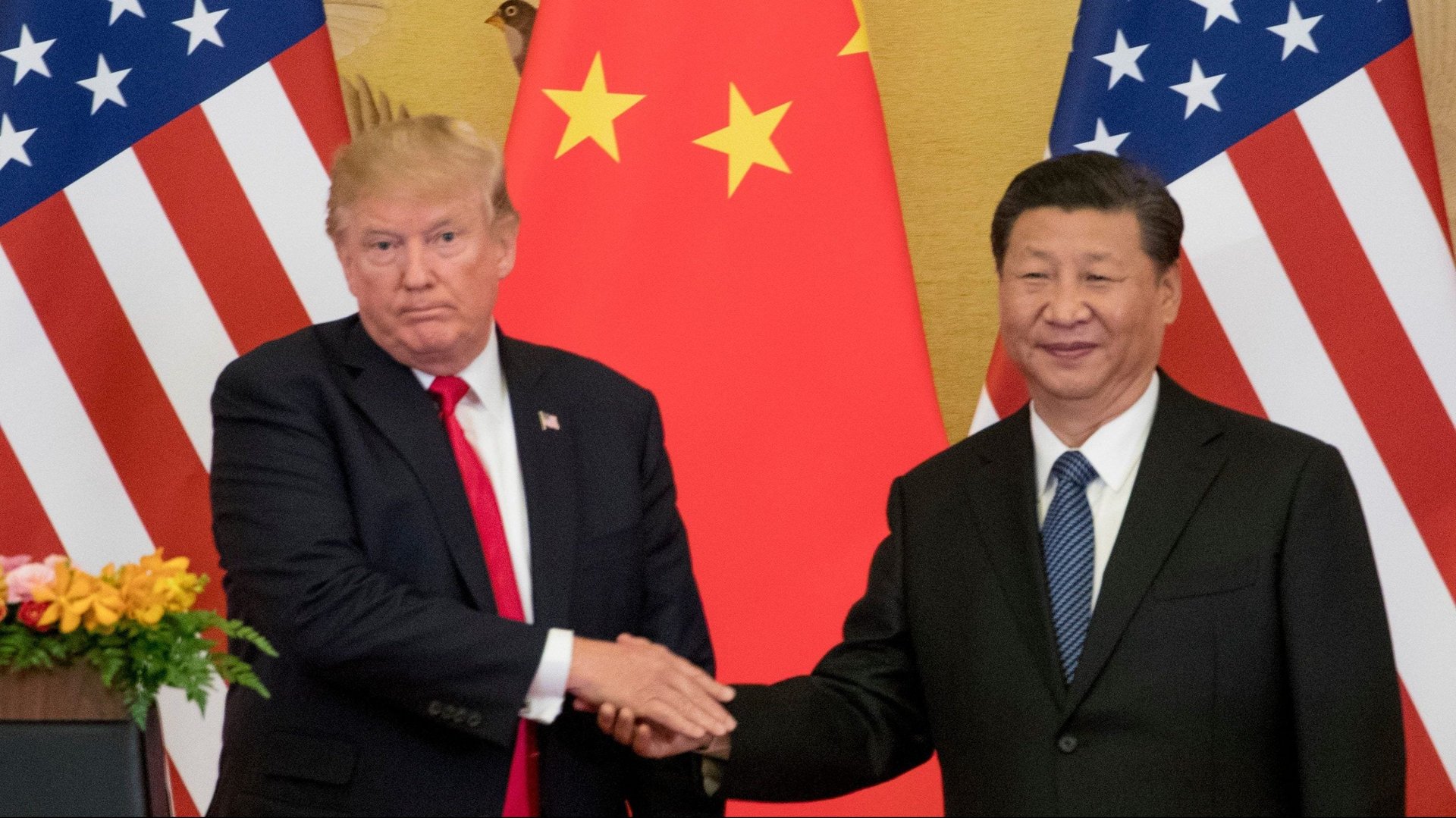Trump’s $200 billion in China tariffs leaves off 300 items like the Apple Watch
The White House is putting a 10% tariff on an additional $200 billion in Chinese goods, effective September 24, Donald Trump said in a statement Monday evening, to counter a “grave threat to the long-term health and prosperity of the United States economy.”


The White House is putting a 10% tariff on an additional $200 billion in Chinese goods, effective September 24, Donald Trump said in a statement Monday evening, to counter a “grave threat to the long-term health and prosperity of the United States economy.”
The tax rate, which will likely be borne mostly by US businesses and consumers, will jump to 25% at the end of 2018. It covers thousands of Chinese imports that were already announced on July 10—but a few key products have escaped the tax.
If China retaliates, as is expected, “we will immediately pursue phase three, which is tariffs on approximately $267 billion of additional imports,” Trump said. That would mean the US is taxing practically the full value of what China exports, except the 300 exempt products, would be taxed.
After reviewing some 6,000 public comments and listening to 350 witnesses testify, the United States Trade Representative removed 300 tariff lines and some additional product subsets off its original list of products to tax, said senior White House officials Monday evening. They include smartwatches and bluetooth gadgets, some raw materials for making chemicals, and health and safety products like bicycle helmets and child safety furniture, like high chairs.
The trade code for smartwatches includes products like the Apple Watch and the Fitbit. A White House officials said non-consumer items covered by the code, like routers, would still be taxed.
US executives told the US Trade Representative in public comments that China was the best place for them to source goods from leather wallets to prom dresses, because of the labor quality. Apple CEO Tim Cook dined with Trump at his New Jersey golf resort in August, and has been pushing back publicly against the tariffs.
The new trade measure is the latest in a series of escalating trade threats by the Trump White House, which have been met with retaliatory trade measures by Beijing.“We’ve negotiated and negotiated; they have remained obdurate,” one US trade official, sounding frustrated, told reporters Monday afternoon. “We continue to hope that China will change its behavior,” he said. “We have been very clear with China on what we want,” he said, “they’re just refusing to make those changes.” Among other things, the US wants Beijing to stop demanding that US companies share technology with Chinese partners, and to stop subsidizing key state-owned industries.
Even before today’s announcement, some US exporters say the Chinese market has practically closed to US products because of new barriers. Officials in the Chinese Communist Party have been reluctant to engage in intense trade negotiations with Trump ahead of the midterms, preferring to wait to see if a changed Congress puts more pressure on him to cut tariffs after the elections.